Few things are as enchanting as the sight of butterflies dancing among the flowers in a sun-kissed garden. Creating a butterfly garden is not only a delight for the senses but also a way to support these graceful creatures and their vital role as pollinators. By designing your garden with the needs and preferences of butterflies in mind, you can attract a variety of species and provide them with essential food, shelter, and breeding habitats. In this guide, we’ll explore the art of designing a butterfly garden to attract and nourish beautiful butterflies, bringing joy and wonder to your outdoor space.
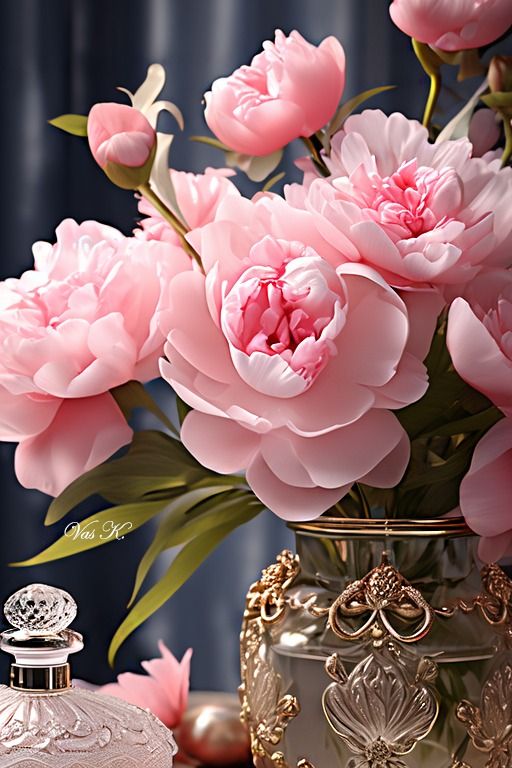
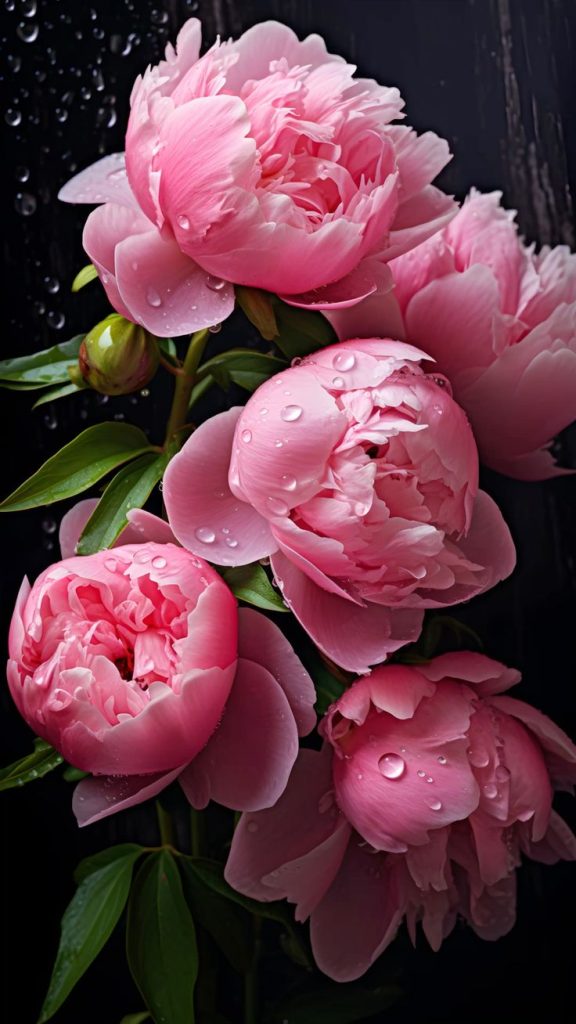
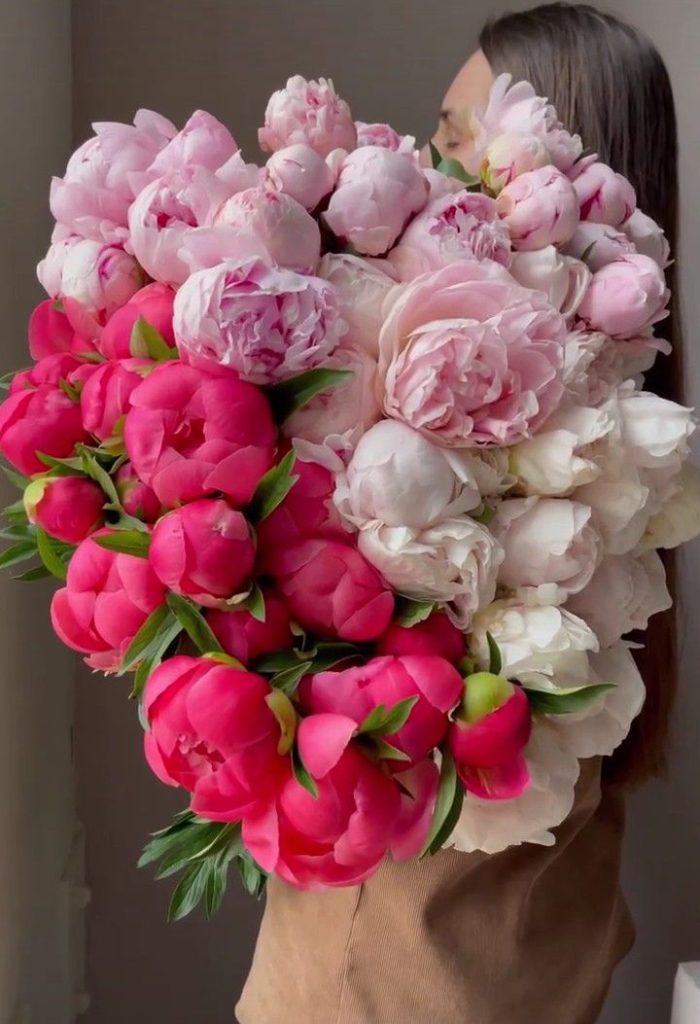

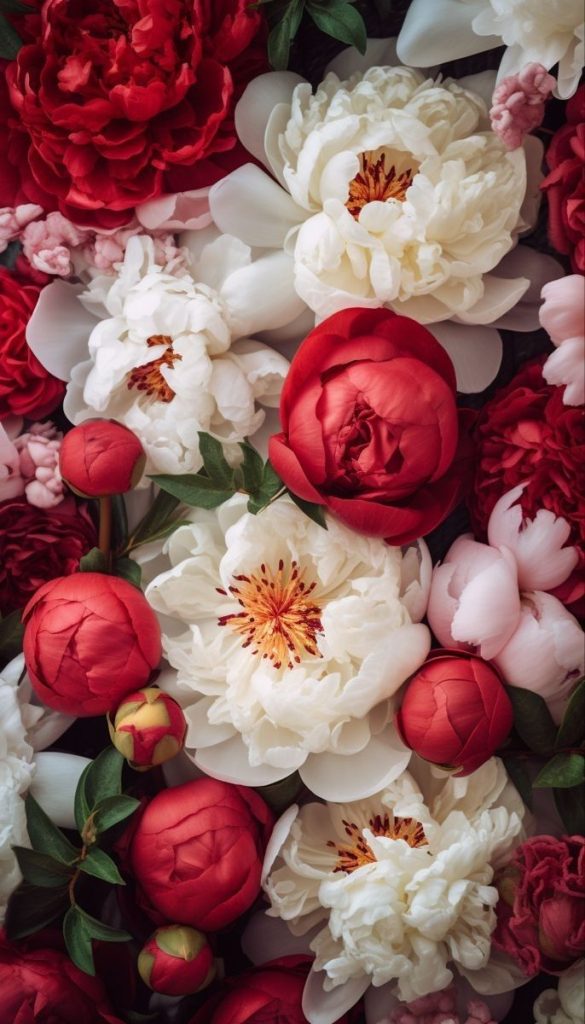
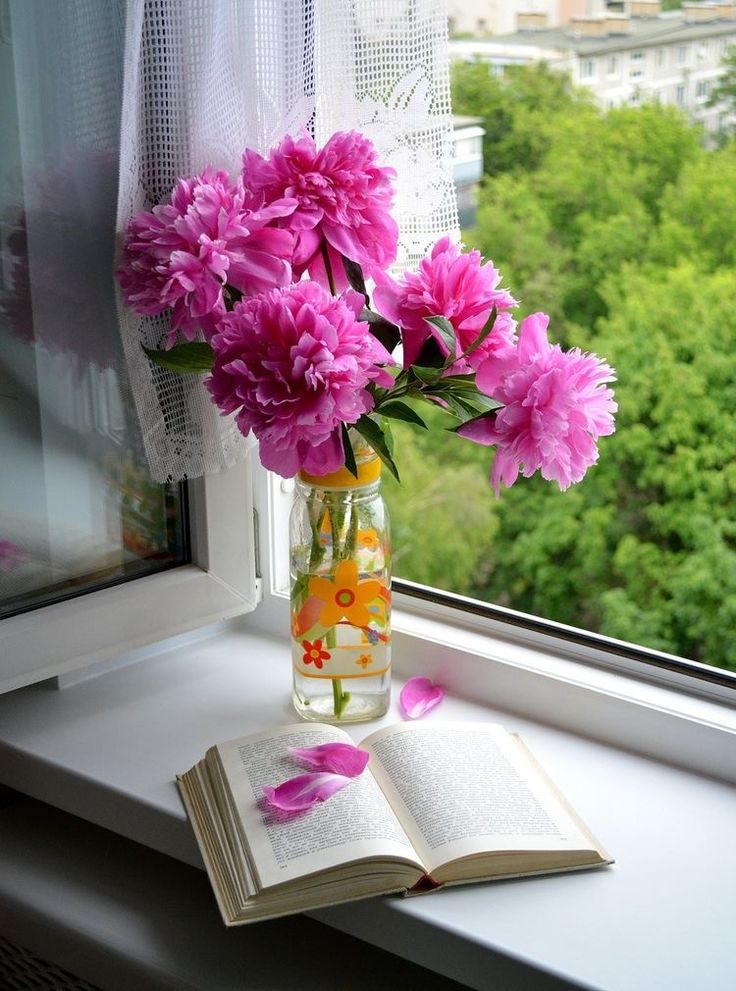
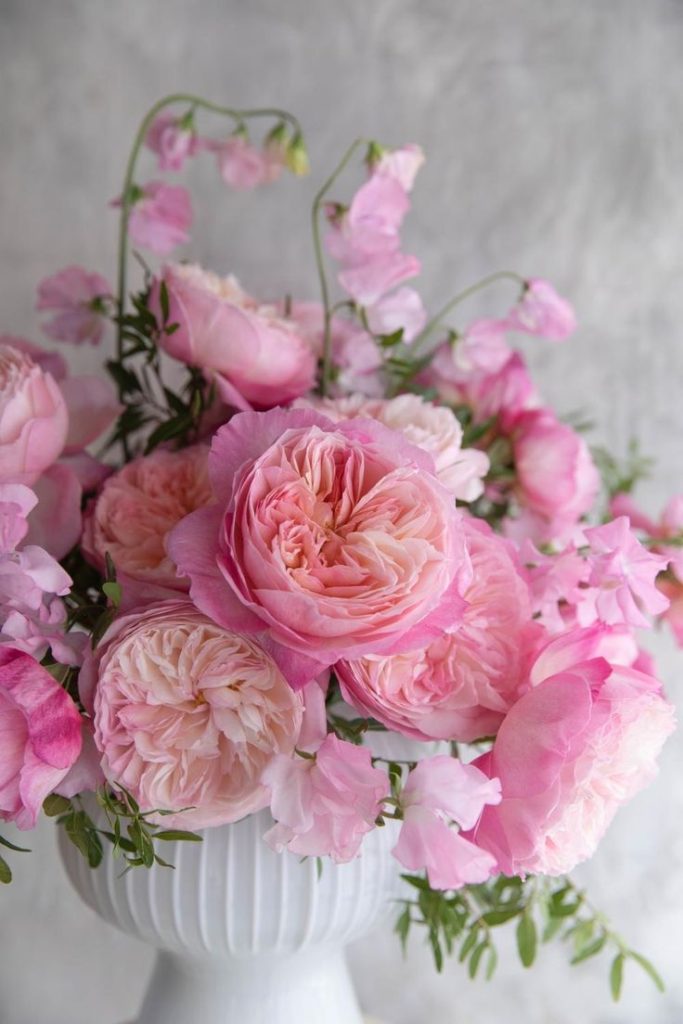
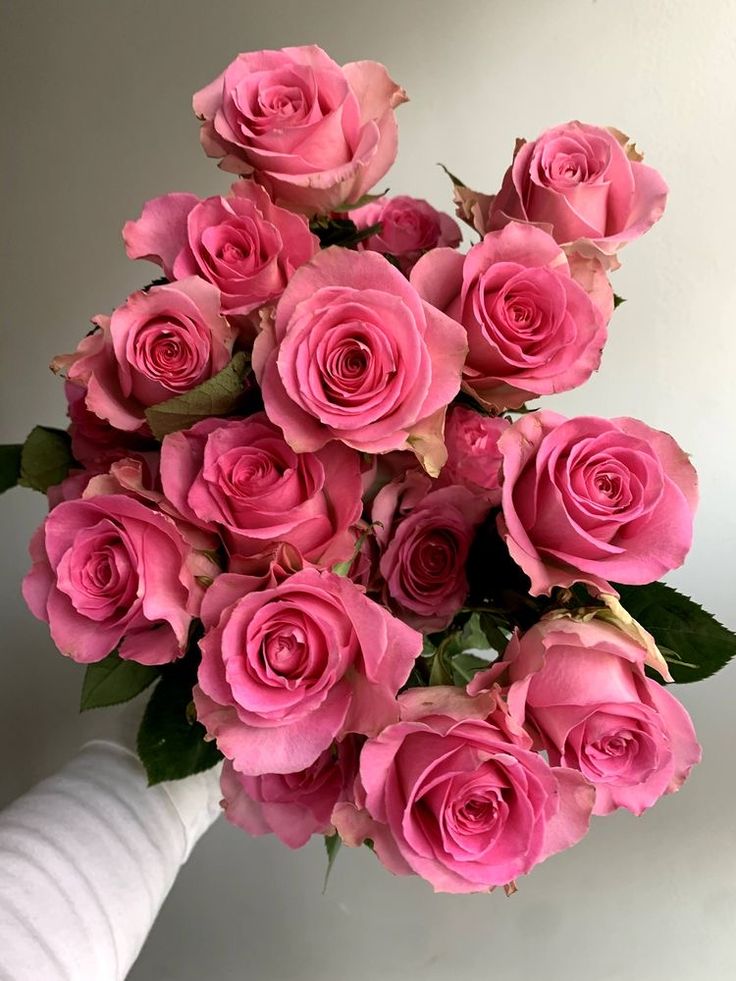
Understanding Butterfly Needs
Before designing your butterfly garden, it’s essential to understand the needs and preferences of butterflies to create an inviting habitat for them. Butterflies require three main things: nectar-rich flowers for feeding, host plants for laying eggs and caterpillar food, and sheltered spaces for resting and protection. By providing these essentials in your garden, you can attract a diverse range of butterfly species and support their lifecycle from egg to adult.
Choosing Butterfly-Friendly Plants
Selecting the right plants is key to attracting butterflies to your garden. Choose a variety of nectar-rich flowers with different colors, shapes, and bloom times to provide continuous food sources throughout the growing season. Some popular butterfly-friendly plants include butterfly bush, milkweed, coneflower, black-eyed Susan, zinnia, verbena, and salvia. Incorporate native plants whenever possible, as they are well-adapted to your local climate and ecosystem and provide the best food sources for native butterfly species.
Providing Host Plants
In addition to nectar plants, include host plants in your butterfly garden to support the various stages of the butterfly lifecycle. Different butterfly species lay their eggs on specific host plants, which caterpillars then feed on as they grow. Research the native butterflies in your area and their host plant preferences, and incorporate these plants into your garden design. For example, monarch butterflies lay their eggs exclusively on milkweed plants, while swallowtails prefer plants like parsley, dill, and fennel.
Creating Butterfly-Friendly Features
Incorporate features into your garden that provide butterflies with shelter, water, and resting spots. Create sunny, sheltered areas with rocks, logs, or shrubs where butterflies can bask in the sun and seek refuge from wind and predators. Install a shallow dish or birdbath filled with clean water for butterflies to drink from and puddle in. Avoid using pesticides or herbicides in your garden, as these chemicals can harm butterflies and other beneficial insects.
Maintaining Your Butterfly Garden
Once your butterfly garden is established, maintain it with care to ensure its continued attractiveness to butterflies. Deadhead spent flowers regularly to promote continuous blooming and nectar production, and prune plants as needed to maintain healthy growth and shape. Remove weeds and invasive plants that compete with butterfly-friendly plants for resources and space. Provide supplemental water during dry spells, and monitor your garden for signs of pests or diseases, addressing issues promptly using organic or cultural control methods.
Conclusion
Designing a butterfly garden is a rewarding way to invite these graceful creatures into your outdoor space and support their essential role as pollinators. By understanding butterfly needs, choosing butterfly-friendly plants, providing host plants, creating butterfly-friendly features, and maintaining your garden with care, you can create a haven for butterflies that brings beauty, joy, and wonder to your garden.
FAQs (Frequently Asked Questions)
- What are some common mistakes to avoid when designing a butterfly garden?
- Some common mistakes to avoid when designing a butterfly garden include using non-native or invasive plants, using pesticides or herbicides that harm butterflies and other beneficial insects, neglecting to provide host plants for caterpillars, and failing to provide shelter, water, and resting spots for butterflies.
- How can I attract specific butterfly species to my garden?
- To attract specific butterfly species to your garden, research their habitat preferences, host plant requirements, and nectar plant preferences, and tailor your garden design accordingly. Plant the specific host plants that caterpillars feed on and the nectar plants that adult butterflies prefer, and create suitable habitat features such as sunny, sheltered areas for basking and resting.
- Do I need a large garden space to create a butterfly garden?
- No, you don’t need a large garden space to create a butterfly garden. Even small gardens, balconies, or container gardens can be designed to attract and support butterflies. Choose compact, butterfly-friendly plants that suit your space constraints, and focus on providing essential elements like nectar plants, host plants, shelter, water, and resting spots for butterflies.